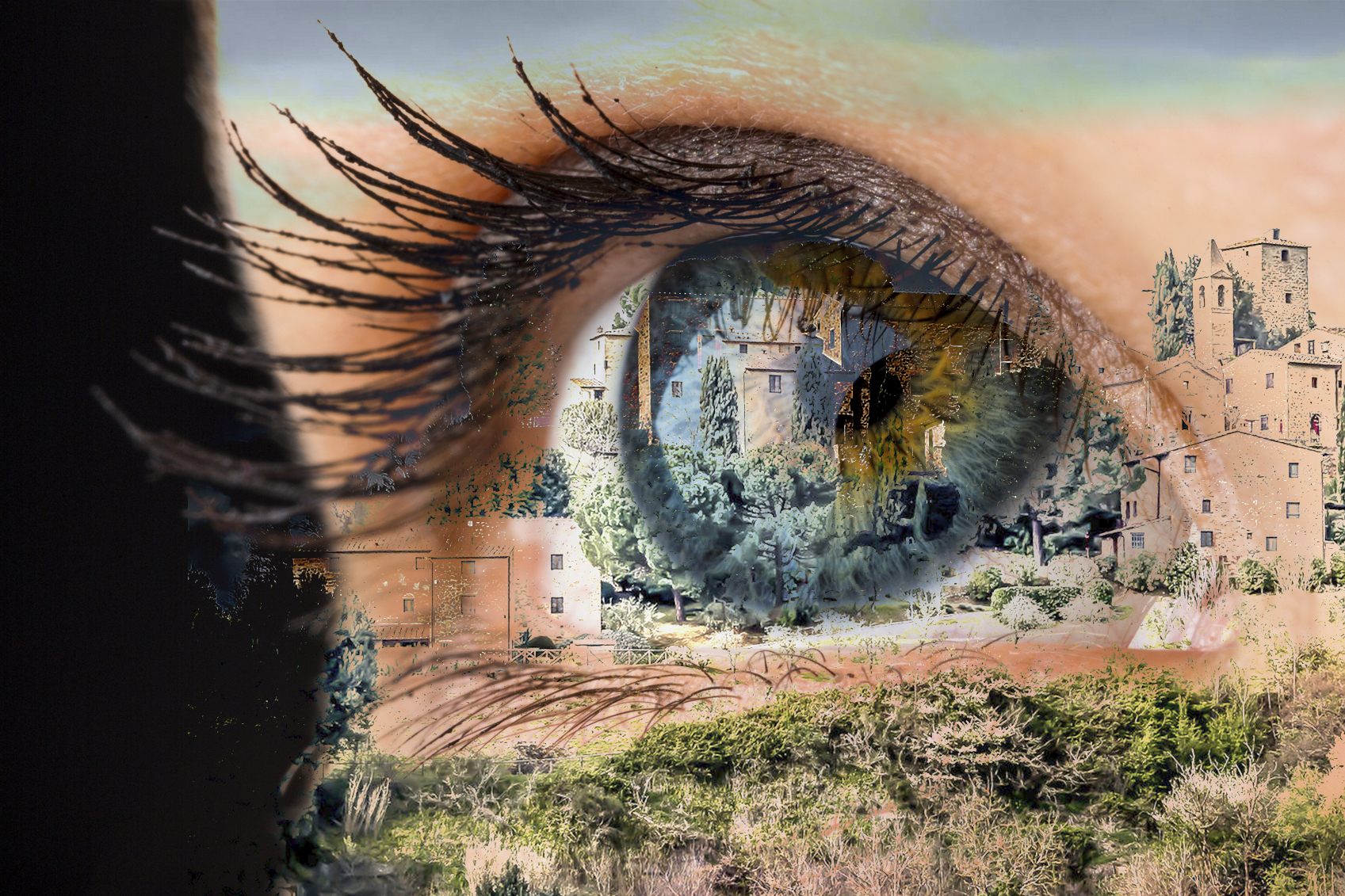We have seen a growing number of people have been hospitalised per day, and people passed away. Both followed the bell curve. Every country faced critical moments when hospitalised totals stressed the capacity of medical care. The uncertainty among the populations grew in that period. Particularly, the impact of the pandemic to street life became visible in those days. Cities locked down, people stayed at home, and shifts in urban culture became visible. Can we place those changes in a longer perspective? Looking back to what happened before, and forecasting what most likely happens beyond 2020: A Year without Public Space under the COVID-19 Pandemic?

Image created by Catherine Cordasco.
Submitted for United Nations Global Call Out To Creatives – help stop the spread of COVID-19.
Join the webinar!
When: Thursday, August 6, 2.00 – 3.30pm CET
> Registration
This webinar is part of the initiative ‘2020: A Year without Public Space under the COVID-19 Pandemic‘.
Continue reading


